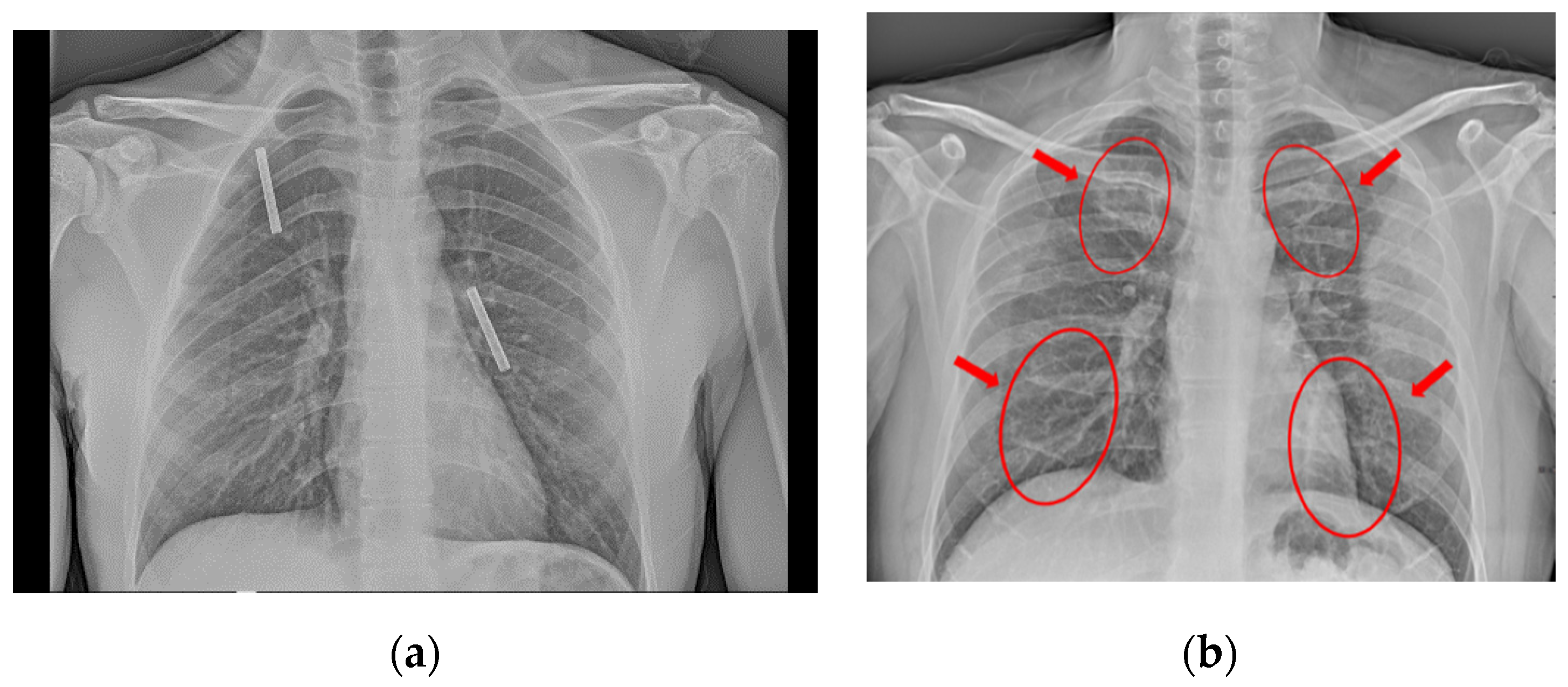

If you have trouble standing, you may be able to have the exam while seated or lying down. You don't feel any sensation as the radiation passes through your body. Having X-rays taken is generally painless. Again, you may be asked to take a deep breath and hold it. Holding your breath after inhaling helps your heart and lungs show up more clearly on the image.ĭuring the side views, you turn and place one shoulder on the plate and raise your hands over your head. The X-ray technician may ask you to take a deep breath and hold it for several seconds. You may be asked to move into different positions in order to take views from both the front and the side of your chest.ĭuring the front view, you stand against the plate, hold your arms up or to the sides and roll your shoulders forward. What you can expectĭuring the procedure, your body is positioned between a machine that produces the X-rays and a plate that creates the image digitally or with X-ray film. You'll need to remove jewelry from the waist up, too, since both clothing and jewelry can obscure the X-ray images. How you prepareīefore the chest X-ray, you generally undress from the waist up and wear an exam gown. The procedure can be performed in a way to protect your abdomen from the radiation. Tell your doctor if you're pregnant or might be pregnant. But the amount of radiation from a chest X-ray is low - even lower than what you're exposed to through natural sources of radiation in the environment.Įven though the benefits of an X-ray outweigh the risk, you may be given a protective apron if you need multiple images. You may be concerned about radiation exposure from chest X-rays, especially if you have them regularly.

Changes in the size and shape of your heart may indicate heart failure, fluid around the heart or heart valve problems. For instance, fluid in your lungs can be a result of congestive heart failure. Chest X-rays can show changes or problems in your lungs that stem from heart problems. They can also show chronic lung conditions, such as emphysema or cystic fibrosis, as well as complications related to these conditions. Chest X-rays can detect cancer, infection or air collecting in the space around a lung, which can cause the lung to collapse. A chest X-ray can also be used to check how you are responding to treatment.Ī chest X-ray can reveal many things inside your body, including:


A chest X-ray is often among the first procedures you'll have if your doctor suspects heart or lung disease.


 0 kommentar(er)
0 kommentar(er)
